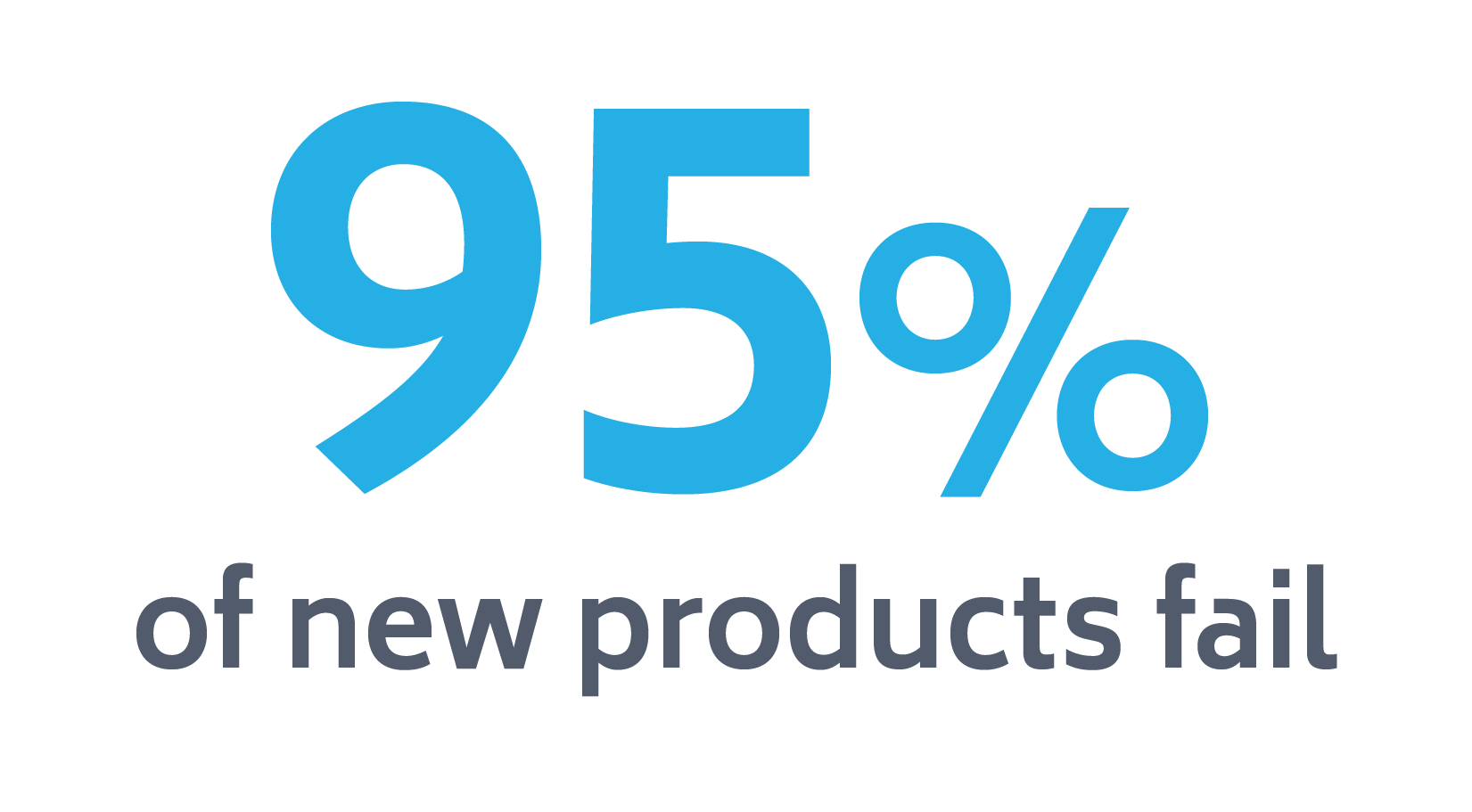Tangents
Getting Product Design Teams on the Same Page
by Joe Schappler

[wtr-time]
95% of new products fail. While inc.com highlights a handful of reasons they do so, I’d like to focus on those areas where we, as Industrial Designers can make an impact.
Getting a product to the market successfully often requires the expertise of multiple disciplines, including product development, marketing, manufacturing, distribution, sales, management, and others.
While all of those are critical, my focus today is on the product development process, its challenges, and hopefully some helpful suggestions.
In this case, our product design team includes industrial design, engineering and marketing, although other disciplines may also be participants.
Setting Product Design Project Expectations
One challenge I’ve seen many times throughout my career is dealing with different expectations from the different interested parties.
Often these have not been sorted out prior to the start of a project. Marketing may have one thing in mind when it comes to branding and overall product aesthetics that may or may not align with the engineering development taking place. Meanwhile. Design can be headed down a separate, yet equally important, path designing for the optimum user experience. If these paths are not in unison, it can lead to disappointment, lost time and additional expense.
To avoid this from happening, we’ve often started projects by interviewing the different participants to get feedback for their individual goals for the project. This often results in conflicting information that we help the teams sort out prior to—or in the early stages of—concept development. This simple, effective process can begin getting the teams in alignment with each other.
Agree on the Product Direction
After an initial concept phase where multiple ideas are developed and discussed, we can then refine these into a single product direction that is illustrated and shared with the key decision makers to get buy-in.
We often complement the product illustration with a soft urethane mock-up to provide size and general aesthetic information. This design-to-definition effort provides all the disciplines with a single product vision to work towards during subsequent development. It assists Engineering with component and PCB design layouts It assists Marketing with aesthetics, features and branding opportunities.
This process is very effective towards aligning efforts that are now focused on the same output.
We’ve seen situations where engineering and design were not effectively communicating leading to components not fitting in the desired size or configuration, controls in less than optimum places, and other issues that could have been avoided if both teams were on the same page early on. Defining that singular product at the close of concept development very important if timelines, costs and objectives are to be met.
Communication Is Key
Critical to any sort of project management or product development process is communication. In fact, communication very well might be “King” of your product design process.
That’s not to say there won’t be many changes throughout development. Through discovery, new information arises and that can be cause for improvements to the design that make for a better product. But this cannot happen in a vacuum or projects can get easily get side-tracked.
For example, you can’t have one engineer making changes to a PC board that causes the size or configuration to change and then later find out it won’t fit in the proposed enclosure design from industrial design.
The same thing often happens following a concept phase for our clients. Ideas build upon ideas, and once they see what we’ve come up with, it often leads to new inspiration that may add features or other elements to improve the product being designed. This is all great stuff as it can lead to better solutions.
But, to keep these “interruptions” from side-tracking a project, it is important that there is ongoing communication between the key team participants to keep the original vision in sight and make the necessary adjustments to the schedule, budgets or other affected factors. And, to keep everyone in agreement.
At Helix, we send out weekly status documents to continually provide this information so all are on the same page. It is development with many unknowns and sometimes we all just need this reminder that things can change.
Sometimes, the interruptions are too major, such as when a delayed timeline might set the product launch back too far and miss a major sales opportunity, such as in seasonal products. In this case, stay with the original vision, get to market, and start planning on the next generation, or line extension.
Wrapping Up
Are you working on a new product or revising an existing one? Are you concerned that expectations may not have been set at the beginning, you haven’t reached agreement on design direction, or that communication isn’t what it should be?
Helix can help. Contact us today to talk about where you’re at.
About Helix Design
Helix Design is an industrial design firm and product design company that delivers creative design and mechanical engineering solutions to companies who need external perspectives combined with practical experience. For samples of our recent work, please visit our industrial design portfolio.
Do you need industrial design guidance for your next project?
Contact us for an assessment today.


